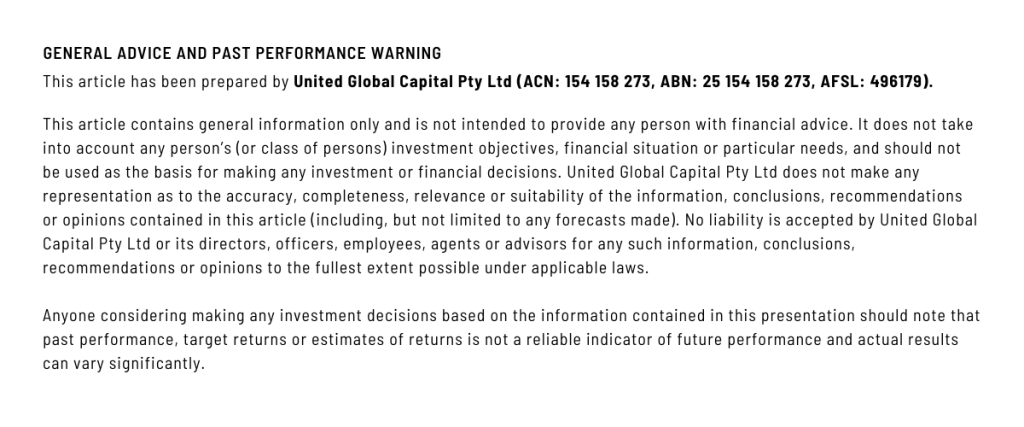Peer-to-Peer Lending: Is It A Safe Investment?
In the evolving landscape of investment opportunities, peer-to-peer (P2P) lending emerges as a compelling alternative to traditional investment avenues. Offering a platform where investors can directly lend to borrowers, P2P lending bypasses traditional financial intermediaries like banks, potentially leading to higher returns for investors and lower interest rates for borrowers. But, as with any investment, it’s crucial to weigh its potential against your financial goals and risk tolerance.

How Peer-to-Peer Lending Works
At its core, P2P lending operates through online platforms that connect investors with borrowers, facilitating personal or business loans. Investors purchase financial products, typically managed funds, and earn returns based on the interest paid by borrowers. This direct lending approach often yields attractive interest rates, albeit with varying levels of risk depending on the platform and borrower creditworthiness.
The Role of P2P Lending Platforms
P2P platforms serve as the intermediary, conducting credit checks, assessing loan applications, and managing the transactions between parties. They generate revenue by charging fees to both investors and borrowers, playing a critical role in maintaining the ecosystem’s integrity and security.
Interest Rates and Returns
The interest rates offered by P2P lending can be appealing, usually outpacing traditional savings accounts or fixed deposits. These rates, however, are influenced by the platform’s assessment methods and the inherent risks associated with unsecured loans. Investors have the flexibility to choose their investment criteria, including loan types, interest rates, and durations, to align with their financial objectives.

Risks and Considerations
Investing in P2P lending carries its unique set of risks. The unsecured nature of many P2P loans means that if a borrower defaults, investors may face the loss of principal or interest. Platforms attempt to mitigate this through credit assessments and risk categorisation, but the potential for loss remains. Moreover, unlike bank deposits, P2P investments are not government-guaranteed, adding another layer of risk.
Regulatory Framework in Australia
Before diving into P2P lending, ensure the platform is licensed, adhering to Australian financial services regulations. This due diligence is vital for protecting your investment and ensuring a transparent, fair trading environment. Platforms should also provide a Product Disclosure Statement (PDS), outlining the investment’s terms, risks, and costs.
Advantages and Disadvantages
The allure of P2P lending lies in its potential for higher returns and the satisfaction of directly contributing to individuals or businesses. However, the risks of borrower default and platform stability require careful consideration.
Making an Informed Decision
Investing in P2P lending demands a nuanced understanding of its mechanisms, risks, and rewards. It’s advisable to consult with a financial adviser to ensure that P2P lending aligns with your investment strategy and financial goals.
Interested in looking at different investing options that suit your personal goals and timeframes? Book a complimentary call with one of our expert Financial Advisers today to find out how we can help you.

